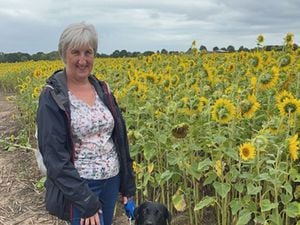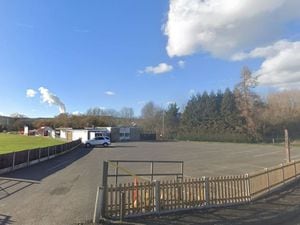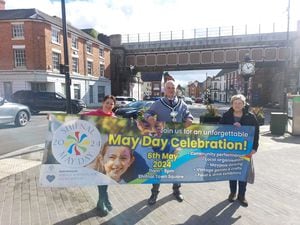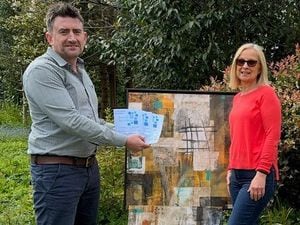Shropshire birthplace of war poet Wilfred Owen is sold to local buyer
The Shropshire birthplace of war poet Wilfred Owen has been sold to a local buyer just five months after it was placed on the market.
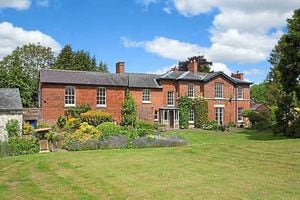
The Georgian house, Plas Wilmot, in Weston Lane, Oswestry, was in the hands of the same family for more than 40 years, but was sold this week by agents Savills with a guide price of £625,000.
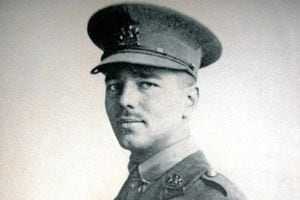
Tony Morris-Eyton, from Savills, said: "Plas Wilmot did have a lot of interest because of the Wilfred Owen connection, but also because it is one of the most prominent houses in Oswestry.
"It has been purchased by a local Oswestry person."
It is believed the Grade II-listed property, which has six bedrooms, three receptions rooms and large gardens, will be kept as a family home.
Last year the house's grounds were at the centre of a planning row over an application to build seven homes in the former orchard, paddock and vegetable garden. Work has now begun on this project, which was not included in the sale of the 19th century house.
More recently the house was included in a new Wilfred Owen trail, launched by local enthusiast John Waine, which features notable locations in and around Oswestry that were key to the poet's life.
Owen was born at Plas Wilmot in 1893, although his family moved to Birkenhead four years later before returning to Shropshire.
Mr Waine said he was pleased to hear that the house had been bought by someone local.
He said: "The new owners will be well aware of the importance of Wilfred's family home on his formative years, and the dramatic story of his family life there.
"Who knows, maybe we could have an annual Wilfred Owen Open Day, where interested visitors can see the house for themselves. Time will tell."
Owen died in November 1918, just days before the end of World War One.
His poems, including Dulce Et Decorum Est, Anthem for Doomed Youth and Strange Meeting, came to define the horrors of trench warfare.
Plas Wilmot was built in 1829 by a joiner named Edward Salter. In 1842 the house passed to his eldest daughter, Mary Salter, who married Edward Shaw, the son of a local farmer.
During their residence the house was enlarged and altered to accommodate Edward and Mary Shaw, their four children, a governess, a cook and a housemaid.
In 1891 the Salters' third daughter Susan married local railway man Tom Owen, and they too joined the household. Their son, Wilfred Edward Salter Owen, was born on March 18, 1893, under the coved ceiling of the main bedroom, his grandfather's room.

